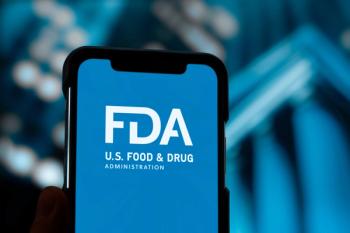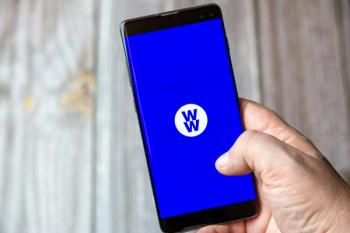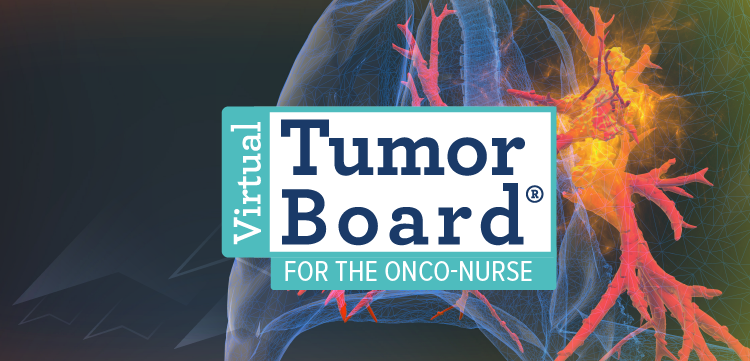
Biosimilar Uptake Has Been Slow but This is Changing
In an interview, James D. Chambers, Ph.D., from Tufts Medical Center, talks about the factors that are impacting the biosimilar market.
Healthcare payers now have greater confidence in biosimilars and their ability to provide savings for plans and patients, James D. Chambers, Ph.D., M.Pharm., M.Sc., said in a recent interview. Chambers, who is a health economist at Tufts Medical Center and leads the Specialty Drug Evidence and Coverage (SPEC) Database, said health plans are more eager for biosimilars.
“They know it's a good negotiating tool and increases options for patients and providers, and they are embracing biosimilars faster,” he said.
It’s been 10 years since the first biosimilar was approved by the FDA: Zarxio (filgrastim-sndz), which references Neupogen and is used to treat neutropenia and boost infection-fighting white blood cells. Since then, the
Biosimilars can generate savings for the healthcare system and can expand access to biologics. Savings attributable to U.S. biosimilars have been estimated at $36 billion through 2023, with $12.4 billion occurring in 2023 alone, according to the Association for Accessible Medicine.
The uptake and market share of biosimilars have grown slowly and have varied across therapeutic categories. As a whole, they account for only 24% of competitive molecule volume, with ranges from 8% of market share for insulin lispro (which references Humalog and treats diabetes) to 82% of market share for bevacizumab (which references Avastin to treat certain cancers) three years after biosimilar entry, according to the most recent
“Initially, particularly in the United States, we saw that the biosimilars didn’t get a lot of traction,” Chambers said. “Particularly through the payer policies, we saw a lot of steps required through the originator products, and there were real hurdles to patient access through the prior authorization policies.”
But in recent years, that has changed, he said. From 2017 to 2022, payers increasingly allowed choice of preferred products. By 2022, 76% of commercial payers’ coverage policies listed two or more products (originator or biosimilar) as first-line options. Biosimilar market shares exceeded those of originators by a mean of three years after the first biosimilar, according to a study Chambers and his colleagues
Trends in payer coverage, market share, and pricing reveal that biosimilar availability has yielded cost savings despite the adoption of different coverage strategies by originator product manufacturers, according to a separate study that Chambers and his colleagues conducted and
Now, the “relevant” new biosimilars have much more rapid uptake than older biosimilars. And I think that trend is likely to continue,” he said.
Biosimilars that reference Humira (adalimumab) are just starting to make headway in the market, with some of the adalimumab products displacing the branded product on some formularies. At the end of 2024, the adalimumab biosimilars had 21% of the volume, which IQVIA researchers said was because of insurer and pharmacy contracts that have encouraged greater uptake.
Some PBMs are having success in lowering net costs for clients with the adalimumab biosimilars. Navitus, for example, removed Humira in June 2024, preferring instead adalimumab-adaz (an equivalent of the biosimilar Hyrimoz), adalimumab-fkjp (an equivalent of the biosimilar Hulio), and Hadlima. Within three months of the formulary change, 94% of members successfully switched to a biosimilar. Commercial clients of Navitus Health Solutions saw a 60% reduction in net cost per claim
“Irrespective of how aggressive the originator manufacturer is in offering discounts, it does seem as if biosimilars are a good thing in terms of the market and driving down the average price of the molecule,” Chambers said. “Biosimilars drive down the price, and not just for payers but for patients also.”
Barriers to adoption
Despite the benefit of lowered costs, Chambers said there are still barriers to adoption. Manufacturers of the branded products, he said, tend to bundle the reference products with other products, making contracting arrangements more complex.
Chambers said some physicians may also be reluctant to switch to a biosimilar. “Biosimilars are very similar in terms of safety and efficacy. But I do think there’s a gap there for education and greater awareness of the benefits that biosimilars can bring.”
Many biosimilar-related policy issues are evaluated in isolation, and PBM formularies are often not aligned with fostering a competitive marketplace, according to a
Newsletter
Get the latest industry news, event updates, and more from Managed healthcare Executive.

















































